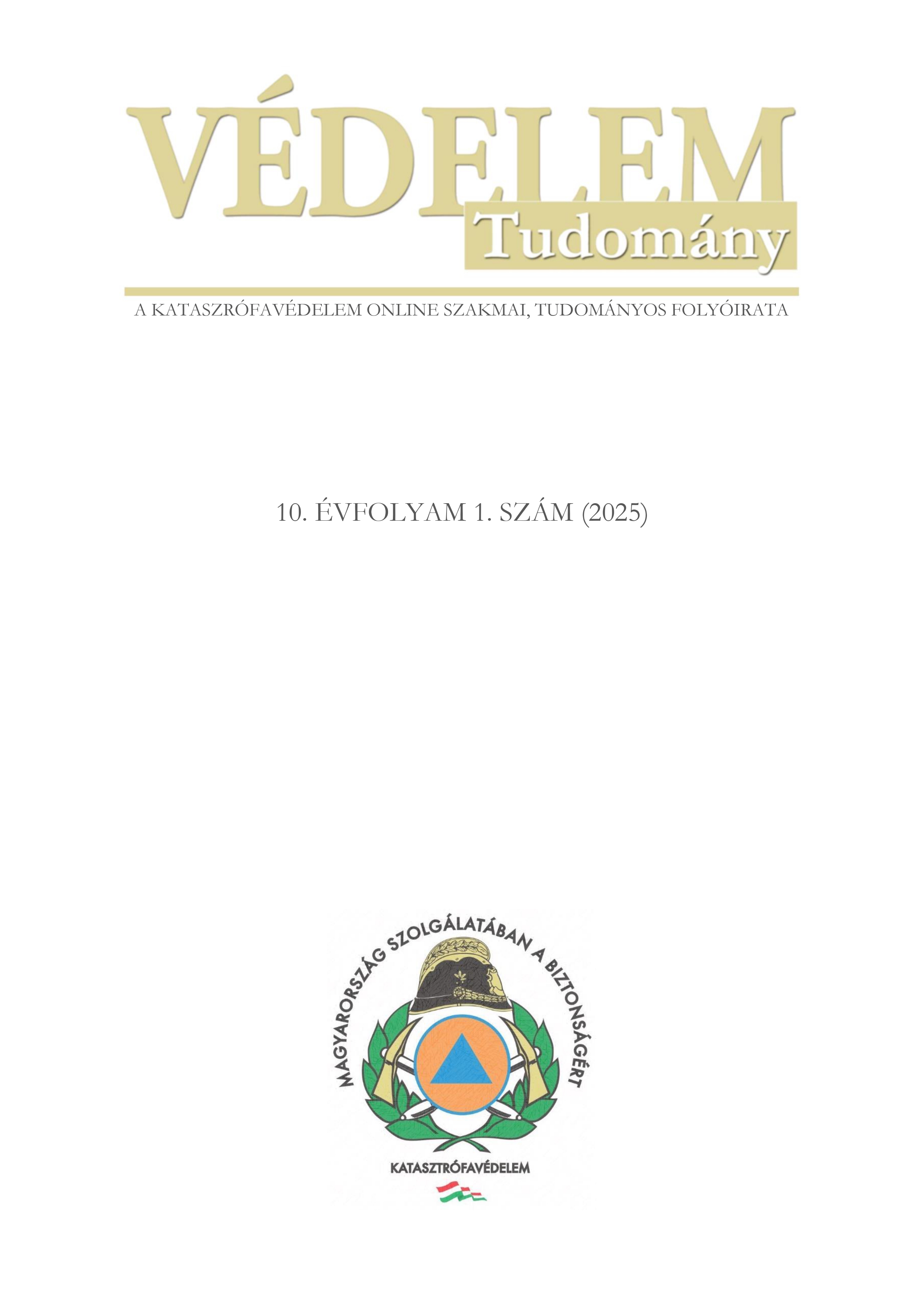The applicability and role of Fog Harvesting Systems in Water Supply, prevention of flood situations
Abstract
Fog harvesting systems provide an innovative and sustainable technology for extracting water from atmospheric humidity, playing a significant role in water supply for arid and water-scarce regions. In various parts of the world, such as the Atacama Desert in Chile, mountainous villages in Morocco, and the Himalayan regions of Nepal, fog collectors effectively complement traditional water sources, alleviating the challenges caused by water scarcity. These systems are energy-independent, cost-effective to install, and sustainably contribute to local community water supply. The study provides a detailed overview of the functioning, structural design, and operational experiences of fog harvesting systems. Findings from Hungarian experiments highlight the technology's potential in domestic hilly and mountainous regions, particularly during spring and summer when humidity levels are higher. Implementing fog harvesting systems can significantly enhance sustainable water management, increase community resilience, and support long-term adaptation to climate change.
References
Foster, Josh, Ashley Lowe, and Steve Winkelman. "The value of green infrastructure for urban climate adaptation." Center for Clean Air Policy 750.1, pp. 1-52. 2011.
Voskamp, Ilse M., and Frans HM Van de Ven. "Planning support system for climate adaptation: Composing effective sets of blue-green measures to reduce urban vulnerability to extreme weather events." Building and Environment 83, pp. 159-167. 2015. https://doi.org/10.1016/j.buildenv.2014.07.018
Bencsik D., and Karches T. "Estimation of GHG Emissions of a Fixed Bed Biofilm Reactor Cascade in Wastewater Treatment." Journal of Environmental Science and Engineering A 4.11, 2015. https://doi.org/10.17265/2162-5298/2015.11.001
Teston, Andréa, et al. "Comprehensive environmental assessment of rainwater harvesting systems: a literature review." Water 14.17, Paper ID: 2716, 2022. https://doi.org/10.3390/w14172716
Zabidi, Husnna Aishah, et al. "A review of roof and pond rainwater harvesting systems for water security: The design, performance and way forward." Water 12.11, Paper ID: 3163, 2020. https://doi.org/10.3390/w12113163
Zeng, M. J., J. G. Qu, and J. F. Zhang. "Design and optimization of an electrostatic fog collection system for water harvesting: Modeling and experimental investigation." Separation and Purification Technology 323 Paper ID: 124422, 2023. https://doi.org/10.1016/j.seppur.2023.124422
Fessehaye, Mussie, et al. "Fog-water collection for community use." Renewable and Sustainable Energy Reviews 29, pp. 52-62. 2014. https://doi.org/10.1016/j.rser.2013.08.063
Carter Gamberini, María Virginia, et al. "The Atacama Desert fog collection project at Falda Verde, Chile." 4th International conference on Fog, Fog Collection and Dew. 2007.
Bouchaou, Lhoussaine, et al. "Multi-aspect assessment of operational fog collection systems: A rural development perspective, insights from the Sidi Ifni project in Morocco." Journal of Arid Environments 222, Paper ID: 105174, 2024. https://doi.org/10.1016/j.jaridenv.2024.105174
Schemenauer, R. S., B. Bignell, and T. Makepeace. "Fog collection projects in Nepal: 1997 to 2016." Proceedings of the 7th International Conference on Fog, Fog Collection and Dew, Wroclaw, Poland. 2016.
Ritter, Axel, Carlos M. Regalado, and Juan Carlos Guerra. "Quantification of fog water collection in three locations of Tenerife (Canary Islands)." Water 7.7 (2015): 3306-3319. https://doi.org/10.3390/w7073306
Jüngling R. „Öntözési célú precíziós csapadékvíz gyűjtési módok vizsgálata” szakdolgozat, Vízellátási és Csatornázási Tanszék, Nemzeti Közszolgálati Egyetem, Baja, Magyarország, 2024.
Copyright (c) 2025 Defence Science

This work is licensed under a Creative Commons Attribution-NonCommercial 4.0 International License.




